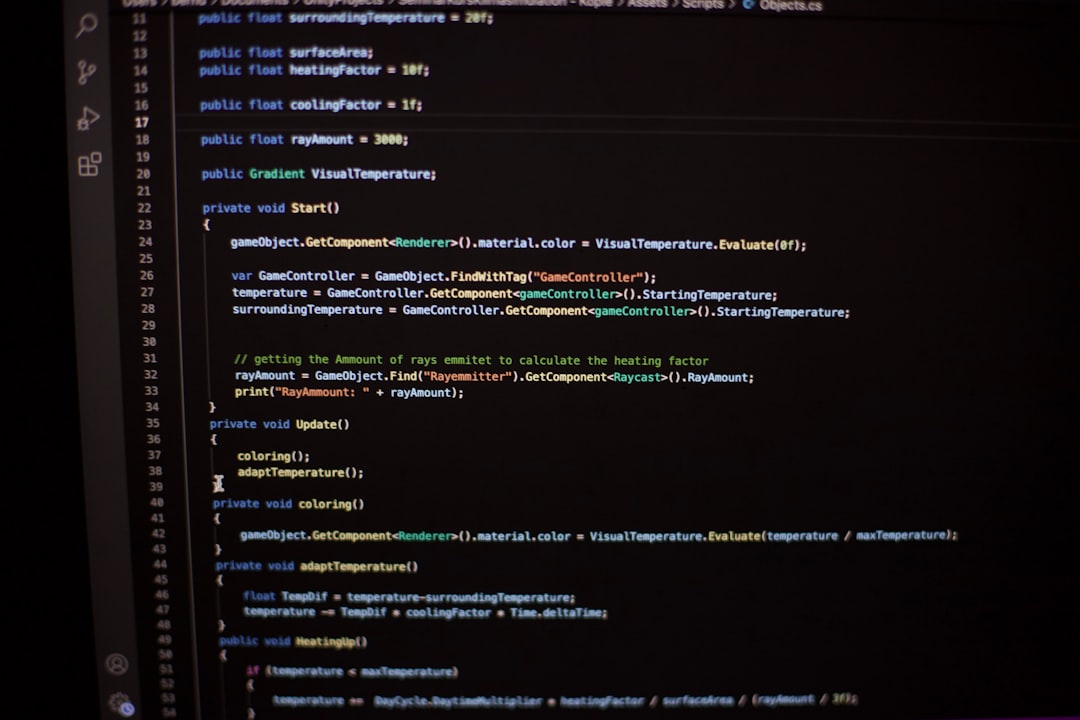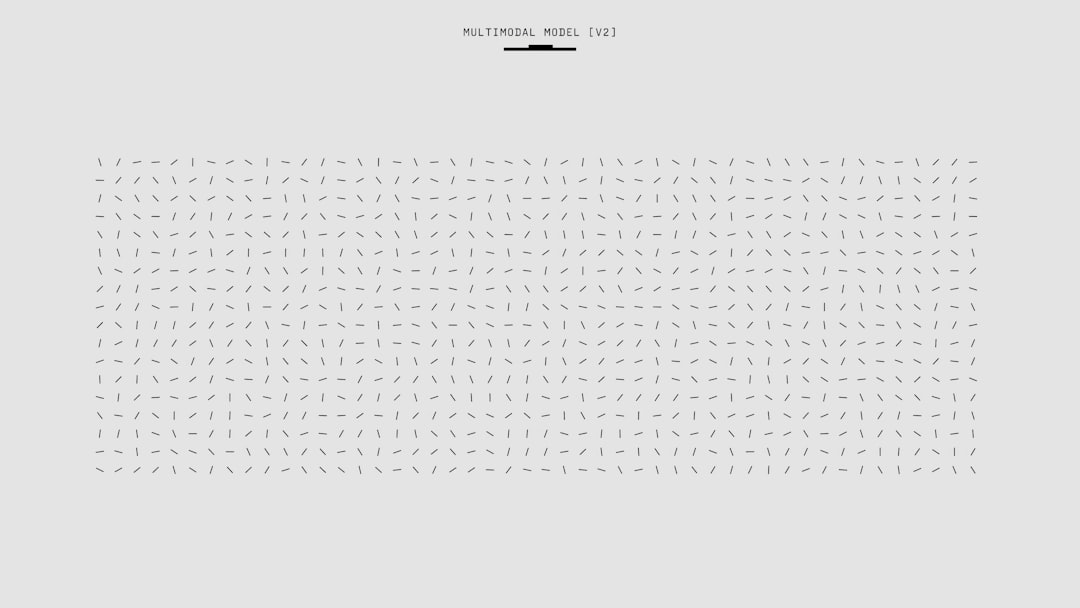In the ever-evolving world of web development, maintaining the stability and performance of websites is a continuous challenge. One of the less talked-about but incredibly useful tools in the debugging toolkit is recognizing and responding to the so-called “down ext:php” indicators. These are search queries or server signals that suggest certain PHP pages are malfunctioning or completely down. Whether you’re a webmaster, site owner, or developer, understanding how to identify and fix these issues can save you considerable time and prevent user dissatisfaction.
Contents
What Does “down ext:php” Actually Mean?
The phrase “down ext:php” is often used in search engine queries by developers or security experts to identify PHP-based websites that are currently experiencing outages or have critical script errors. The ext:php portion filters results to display only PHP files, while the term down suggests these pages may be experiencing non-responsiveness or errors such as 500 Internal Server Errors, white screens, or parse failure messages.
These indicators can provide public evidence of back-end issues, and, intriguingly, they can also serve as real-time alerts about broken functionality without requiring sophisticated monitoring tools.
Why These Indicators Matter
Beyond alerting you to downtime, noticing “down ext:php” indicators can have several implications:
- Security Vulnerabilities: Pages that are down due to misconfigurations may be vulnerable to exploits.
- SEO Impact: Search engines penalize broken links and unavailable content, potentially affecting ranking.
- User Trust: Repeated errors result in a poor user experience, which impacts conversion rates and brand perception.
By proactively identifying and resolving these issues, you not only safeguard your site’s integrity but also enhance its user experience and Google visibility.
How to Search for “down ext:php” Pages
To perform a Google search for potentially malfunctioning PHP files, you can formulate a query like this:
site:example.com inurl:php intitle:"Service Unavailable" OR "Internal Server Error"Replace example.com with your target site or leave it out to search the broader web. This query tries to detect titles that often accompany downed PHP pages. You may also try:
inurl:.php intitle:"Fatal error" OR "Parse error" OR "Warning:"This combination helps find pages that have raw PHP errors displayed due to improper error handling or failed updates.

Common Causes of PHP Page Failures
To effectively debug a down PHP page, it helps to first understand why pages may go down. Here are a few of the most frequent culprits:
- Syntax Errors: Accidentally omitting characters or using unsupported PHP versions can cause execution to halt entirely.
- Database Connection Failure: Misconfigured credentials or unreachable databases result in fatal errors.
- File Permissions: Some files may not be readable or executable by the server due to incorrect permissions.
- Plugin or Extension Conflicts: In CMS-driven sites like WordPress or Joomla, conflicting plugins may destabilize PHP scripts.
- Exceeding Server Resources: Scripts may time out or trigger server errors when they hit memory or CPU limits.
Practical Debugging Workflow
When you detect a “down ext:php” indicator, follow this structured workflow to resolve the issue efficiently:
- Enable Error Reporting: Modify your
php.inior script to show detailed error messages:ini_set('display_errors', 1); error_reporting(E_ALL); - Check Server Logs: Look at your Apache or Nginx error logs to determine the root of the failure.
- Isolate Recent Changes: Review version control commits or plugin/theme installs that immediately preceded the error.
- Validate PHP Syntax: Use
php -l filename.phpin a terminal to lint your code and find basic syntax problems. - Simulate HTTP Requests: Utilize tools like curl or Postman to replicate user behavior and better understand when errors occur.

Proactive Tools for Monitoring PHP Errors
Instead of waiting for failures to become visible via search queries, developers should be using tools to proactively detect problems as they arise. Some essential monitoring and debugging utilities include:
- Sentry: Real-time error tracking that pinpoints crashes in PHP applications.
- New Relic: Performance monitoring that can identify bottlenecks and failing transactions in your PHP stack.
- Monit: Watches server performance, restarting services and notifying you if they crash.
- PHP Debug Bar: Easily integrates with apps to provide insight into request handling, errors, and memory use.
By integrating these systems early in your development lifecycle, you can reduce downtime, catch issues before they become public, and get detailed reports to resolve them quicker.
Handling Public Exposure of Errors
One of the dangers of having “down ext:php” pages show up in search results is the exposure of internal application logic or server paths. Attackers often search for such errors to find weak links in a site’s architecture. Here are steps to mitigate this:
- Suppress Error Display: In production environments, hide error messages using:
ini_set('display_errors', 0); error_reporting(0); - Custom Error Pages: Implement friendly error messages and notify developers silently via logs or email.
- Restrict Server Exposure: Use .htaccess files or server rules to limit which directories can execute PHP.
Learning from the Past
Some of the most catastrophic site failures in tech history started with simple PHP errors that were either ignored or improperly handled. One infamous example involved a large e-commerce site where a simple database credential update was missed in production. Within minutes, bots crawled thousands of “down ext:php” pages, indexing them with raw MySQL error messages exposed. The fallout included leaked schema details, customer trust loss, and even a public relations nightmare.
Conclusion
“Down ext:php” indicators can be more than just red flags for website failure—they can be invaluable signposts pointing toward poor code hygiene, insecure environments, and forgotten scripts. By tracking these indicators, running proactive debugging protocols, and securing your error handling systems, you can minimize downtime and maintain a healthy digital experience for your users.
Next time you spot an “ext:php” page not responding as expected, take a moment to dive deeper—it might just save your site from a major catastrophe!

